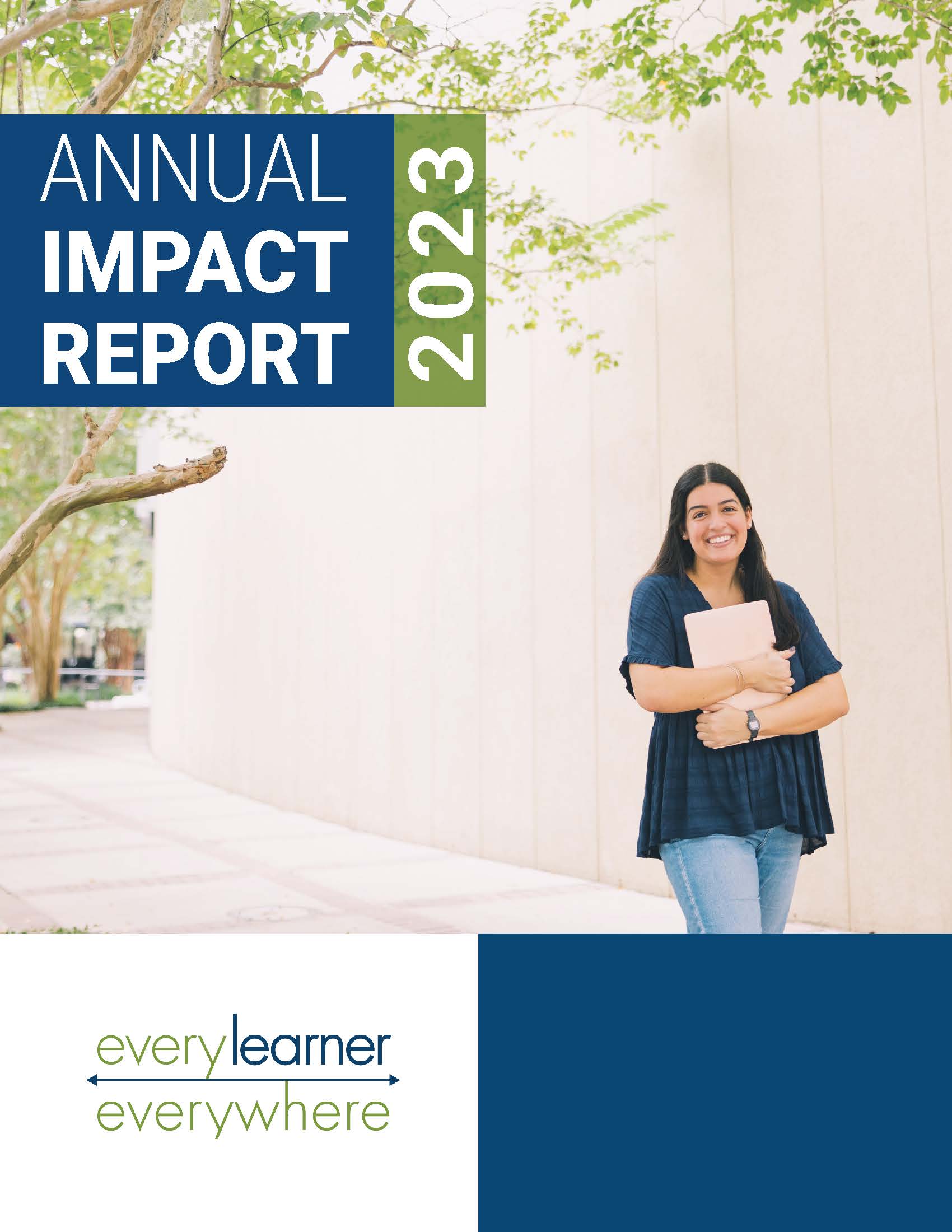Social justice in higher education is an emerging equity-minded teaching and learning approach that creates liberating learning environments for students who have historically been marginalized due to their race, ethnicity, gender identity, religion, or differing abilities. Implementing teaching practices that validate students’ cultural values can address inequities, injustice, and disparities that have impeded the success of Black, Indigenous, Latiné, and people of color (BILPOC).
Advancing social justice in education requires establishing educational spaces that foster students’ critical consciousness and ability to analyze systems, policies, and practices that lead to inequitable and unjust experiences and outcomes. A social justice approach to education involves two strategies that will be featured in this guide: anti-racist teaching and abolitionist teaching. Both approaches allow faculty to disrupt the restrictive nature of oppressive forms of traditional pedagogy and institute educational methods that provide meaningful, relevant, and liberating learning experiences that uplift students. The goal is to develop social justice-centered instruction where students and faculty are empowered to challenge systems of oppression (Sensoy & DiAngelo, 2009, p. 350)
Download Putting Equity into Practice: Social Justice EducationWatch a webinar on the resource, featuring faculty who have incorporated social justice into their teaching.









